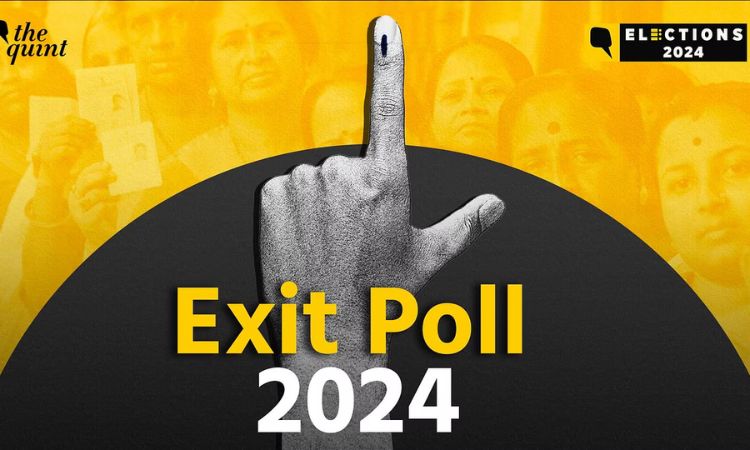
As the 2024 election season culminates, exit polls have become a crucial instrument for understanding voter behavior and predicting election outcomes. Our in-depth analysis of the exit poll data from 2024 offers insights into voter demographics, key issues influencing voter decisions, and the potential impact on future policy directions.
Understanding Exit Polls: What They Are and Why They Matter
Exit polls are surveys conducted with voters immediately after they have cast their ballots. These polls aim to capture a snapshot of the electorate’s preferences and motivations. By analyzing this data, we can identify trends and shifts in public opinion that may not be immediately apparent from the election results alone.
Methodology of 2024 Exit Polls
To ensure the reliability and accuracy of the 2024 exit polls, a comprehensive methodology was employed:
- Sampling Strategy: A stratified random sampling method was used to ensure representation across different demographic groups.
- Questionnaire Design: The questionnaires were meticulously crafted to cover a wide range of issues, including candidate preferences, policy priorities, and demographic information.
- Data Collection: Data was collected through face-to-face interviews and online surveys to ensure inclusivity and reduce biases.
Key Findings from the 2024 Exit Polls
Demographic Breakdown
The 2024 exit polls reveal significant insights into the demographic composition of the electorate:
- Age: Young voters (18-29) showed a higher turnout compared to previous elections, indicating a growing political engagement among the youth.
- Gender: Women voters played a pivotal role, with a marked preference for candidates advocating for gender equality and reproductive rights.
- Ethnicity: Minority groups, particularly African American and Hispanic voters, demonstrated strong support for candidates addressing racial justice and immigration reform.
Top Issues Influencing Voter Decisions
Several key issues emerged as primary concerns for voters in the 2024 election:
- Economic Recovery: Post-pandemic economic recovery was the foremost issue, with voters prioritizing job creation, inflation control, and support for small businesses.
- Healthcare: Access to affordable healthcare remained a critical concern, especially in light of the ongoing impacts of COVID-19.
- Climate Change: Environmental policies and climate change mitigation received heightened attention, particularly among younger voters.
- Social Justice: Issues of racial equality, police reform, and LGBTQ+ rights significantly influenced voter preferences.
Voter Turnout and Behavior
The 2024 election saw a historic voter turnout, with several factors contributing to this surge:
- Mail-in Voting: The expansion of mail-in voting options made it easier for people to participate, particularly in the context of ongoing public health concerns.
- Voter Mobilization Efforts: Grassroots organizations and advocacy groups played a crucial role in mobilizing voters, particularly in swing states.
- Early Voting: The availability of early voting options provided greater flexibility, allowing more people to cast their ballots at their convenience.
Comparative Analysis: 2024 vs. Previous Elections
A comparative analysis of the 2024 exit polls with previous elections highlights notable shifts in voter behavior:
- Increased Polarization: The electorate appears more polarized, with stark differences in preferences along ideological lines.
- Shift in Party Loyalty: There has been a noticeable shift in party loyalty, with some traditionally Republican states showing increased support for Democratic candidates and vice versa.
- Role of Independents: Independent voters have become a crucial swing group, with their preferences significantly impacting the overall election outcome.
Implications for Future Elections
The insights gained from the 2024 exit polls have significant implications for future elections:
- Targeted Campaign Strategies: Political parties can utilize this data to tailor their campaign strategies, focusing on the issues that matter most to different demographic groups.
- Policy Formulation: Understanding voter priorities can help policymakers craft legislation that aligns with the electorate’s needs and expectations.
- Voter Engagement: The increased voter turnout highlights the importance of voter engagement efforts, particularly among underrepresented groups.
Conclusion
The 2024 exit polls provide a rich tapestry of data that sheds light on the complex dynamics of voter behavior and preferences. By analyzing this information, we gain valuable insights into the factors driving voter decisions and the potential direction of future political and policy developments. As we move forward, these insights will be crucial in shaping the strategies of political parties, candidates, and policymakers.


